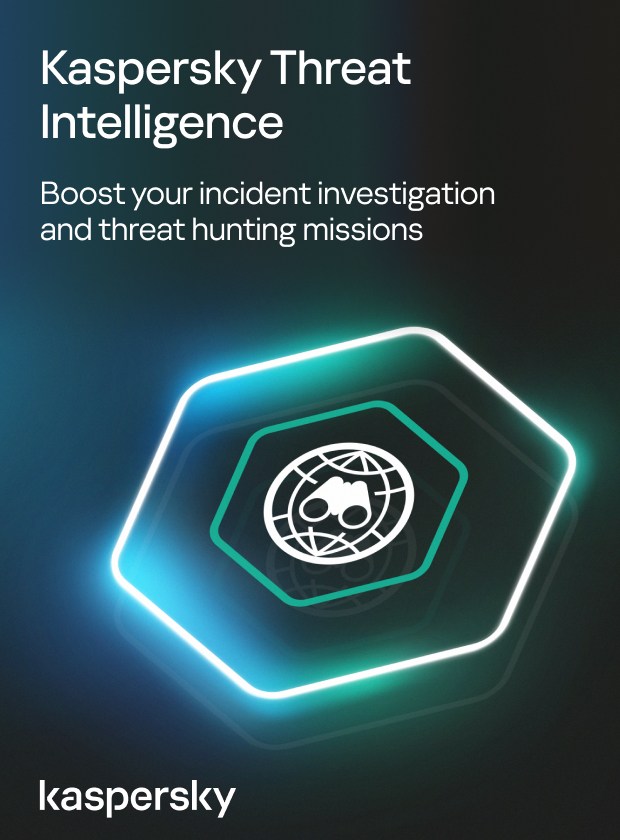
Happy IR in the New Year!
In IR cases we use a very simple script that is uploaded to every Windows computer in the corporate network to collect logs, NTFS data, entries from the Windows registry and strings from the binary files to find out how exactly the attackers were moving through the network. It’s holiday season and it is our pleasure to share this script with you.











